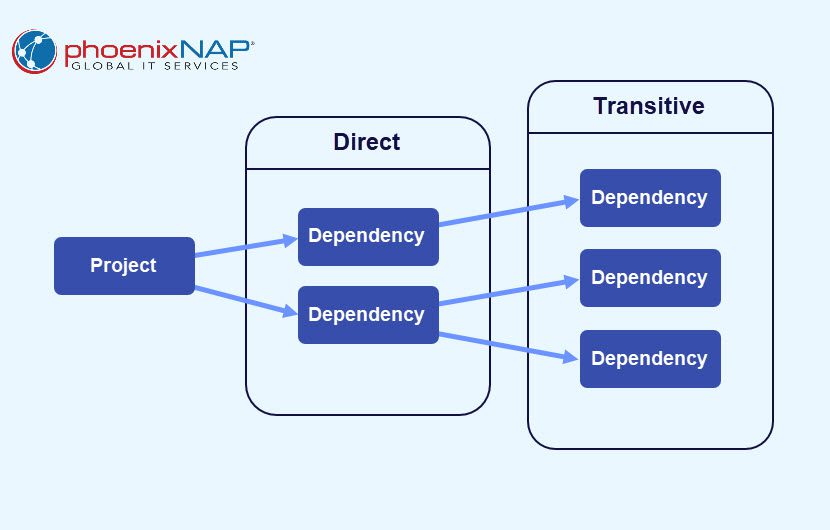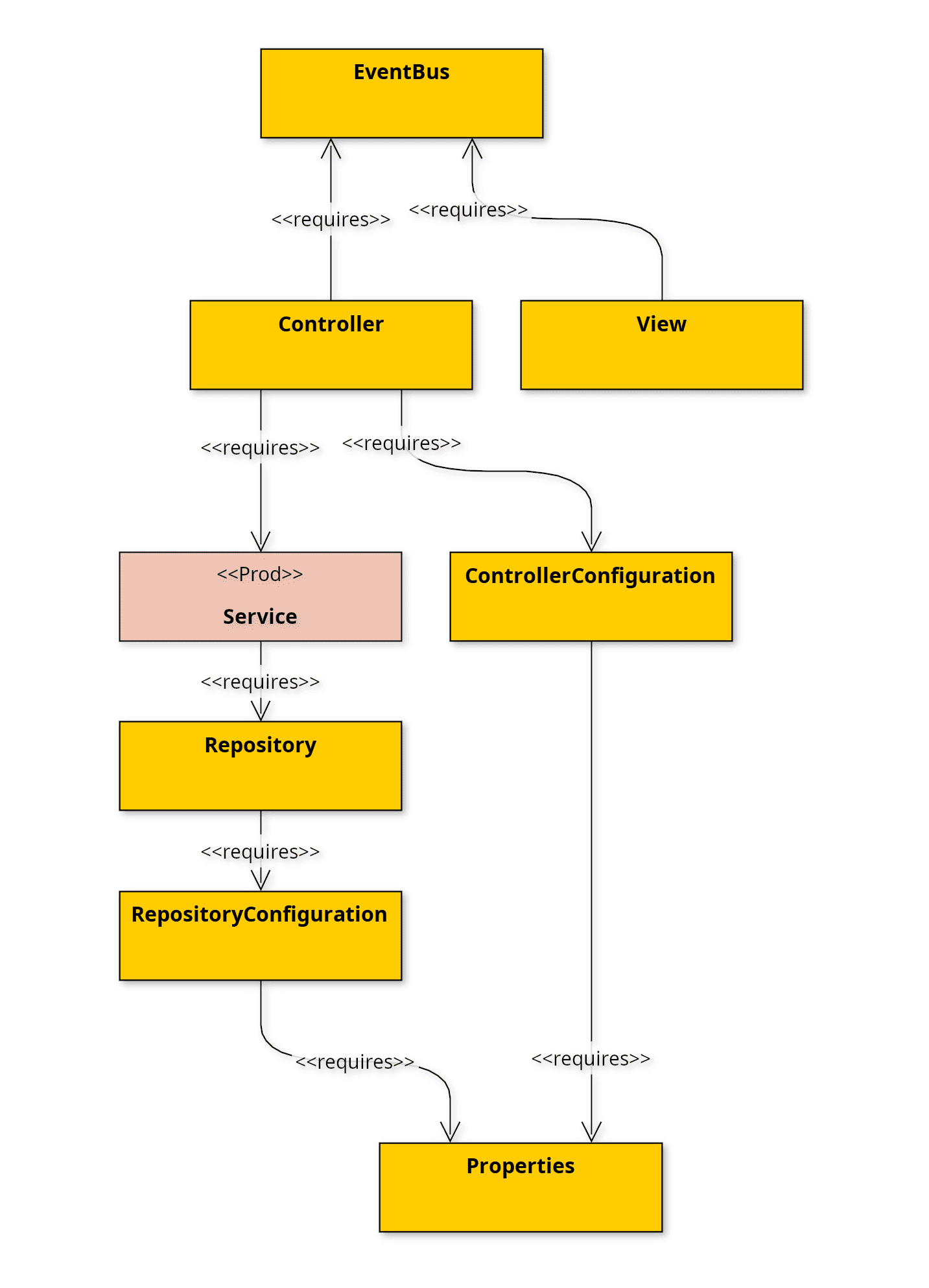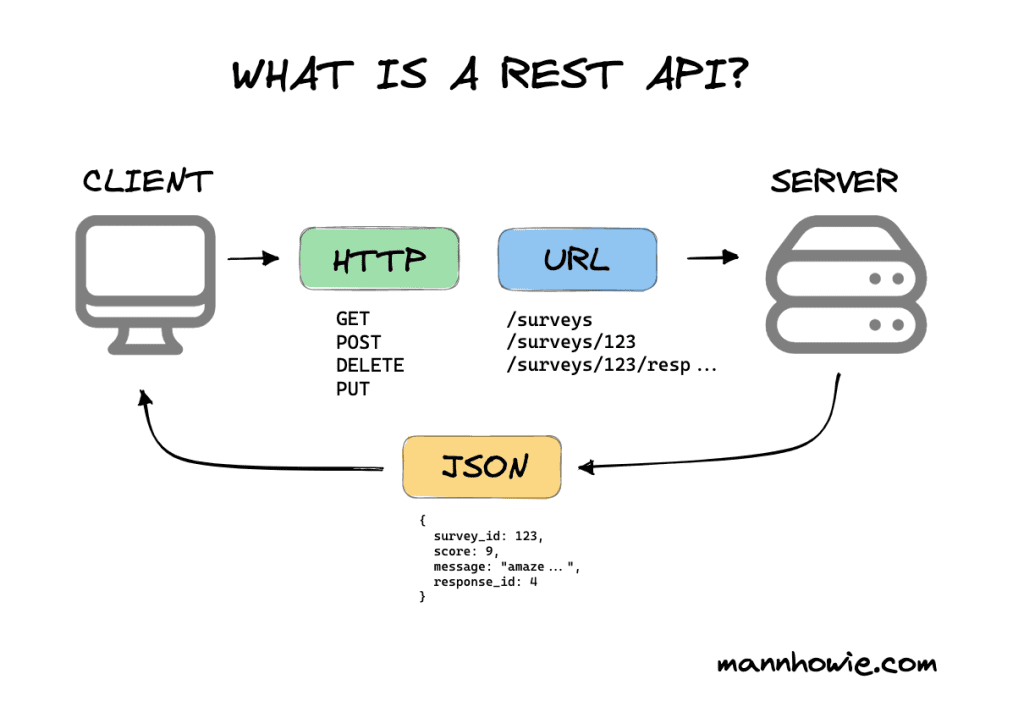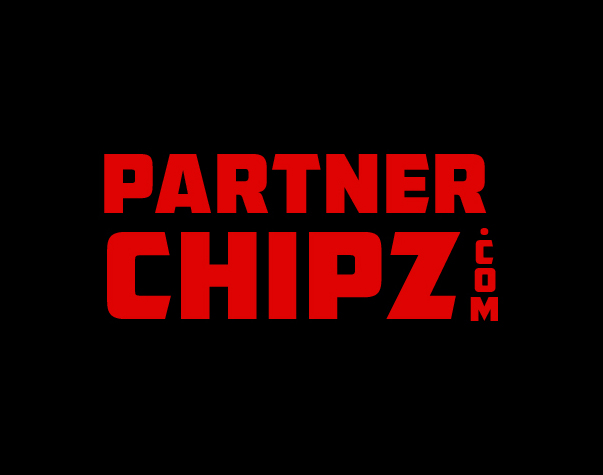In the rapidly evolving world of web development, REST API demo resilience has become paramount for developers striving to create stable and reliable applications. As I’ve navigated the complexities of using the WordPress REST API in numerous educational demos, I found that ensuring demo stability while decoupling dependencies can prevent unforeseen failures. With a foundation built on mocking API requests, developers can create demonstrations that withstand service outages or infrastructure changes. By addressing these challenges, we can maintain the integrity of our code demos and provide users with consistent experiences. As we delve deeper, we’ll explore practical strategies to enhance resilience, ensuring your demos never fall victim to the inevitable breakdowns of external services.
Navigating the intricacies of a robust application often leads developers to explore various methods for ensuring their API demonstrations are resilient. This entails implementing techniques that enable mock responses, which can substitute reliance on real-time data interactions, particularly when using popular frameworks like the WordPress REST API. Through alternative methods, such as constructing a mock API server, developers can effectively mitigate the risks posed by fluctuating external dependencies. As we venture further into understanding these concepts, we’ll uncover how to build educational demos that not only enhance learning but also provide a seamless user experience despite potential service interruptions. By employing solid strategies, developers can guarantee that their demonstrations stand the test of time.

Reflections on Broken Demos
After four years of vivid demonstration in my article on ‘Headless Form Submission with the WordPress REST API,’ I found myself facing an unexpected dilemma. The CodePen embeds that had effectively illustrated the use of REST API endpoints with popular WordPress form plugins suddenly became inoperative. This malfunction stemmed from a forced migration of my underlying WordPress site, which not only failed to transfer properly but also led to the loss of my access credentials. I couldn’t help but reflect on a troubling question: what happens when a service, especially one that is not self-hosted, ceases to function?
This predicament sparked an exploration of the stability of web demos. Are they fated to decay over time like old structures? Is it prudent to consider strategies that could fortify our educational resources against inevitable failures? The challenges posed by such unforeseen disruptions urge us all to rethink how we build and maintain tech tutorials. What if we could design demos that are immune to the frailties of dependent services? Is it even feasible to do so?
Lessons from Software Testing
Those who delve into code testing often grapple with a similar conundrum, albeit it in a different light. The essence of the matter remains unchanged: external dependencies can become significant obstacles. This rings especially true when the reliability of third-party services is in question. The clearest solution to mitigate issues stemming from these dependencies is to disentangle them from the core of our applications whenever possible. However, the methods of achieving this detachment can vary substantially based on the context in which we work.
It’s fascinating to note how the principles of dependency management used in software testing intersect with the challenges of maintaining robust demos. For this discussion, the CodePen examples provide a concrete case study, but rest assured, this methodology extends far beyond just these instances. The interconnectedness of testing and demo reliability creates a valuable framework for understanding how to ensure our educational tools are resilient.
Breaking Free from REST API Dependencies
In the journey of fortifying our demos against the collapse of third-party services, we come across a couple of widely employed strategies. The first is the practice of mocking HTTP requests within our code, allowing us to bypass real network calls in favor of predefined stubbed responses. The second involves establishing a mock API server to serve as a substitute for the actual service, delivering expected responses without the inherent risks of network calls.
Both strategies have their own sets of benefits and limitations. Mocking provides a way to keep things lightweight and entirely within our control, reducing the risk of external failure. On the other hand, setting up a mock server can offer a more authentic rendering of API interactions. As we dive deeper into the nuances of these approaches, a careful evaluation of their trade-offs will guide us in choosing the most effective path for our specific projects.
Utilizing Interceptors for Mocking Responses
Modern testing frameworks like Jest and Playwright come equipped with impressive mocking capabilities, yet our needs in the CodePen environment may lead us to alternative approaches. One effective method involves monkey patching the Fetch API, allowing us to intercept network requests and return mock responses. This strategy lets us simulate expected behaviors without altering the original source code, thus providing both flexibility and control in our demos.
Implementing such an interceptor involves slight yet significant changes to our fetch logic. The defined function allows us to specify responses based on various API endpoints, ensuring we can handle and respond to a variety of conditions seamlessly. This approach not only simplifies our testing environment but also offers a robust solution to the problem of relying on potentially unstable third-party services.
Creating Mocked API Servers Efficiently
While the strategy of running a traditional mock API server brings its own complications—regarding availability, maintenance, and operational costs—serverless functions offer a contemporary solution. Leveraging platforms like DigitalOcean Functions can instigate a paradigm shift by allowing the creation of mocked APIs effortlessly and without substantial financial investment. This not only aligns practical benefits with efficiency but also enhances development speed.
Designing such a mocked API is straightforward. Each endpoint can have its own designated function to handle requests, minimizing unnecessary complexity. With JavaScript as the programming language of choice, we can maintain a familiarity while implementing powerful serverless capabilities that negate some of the hassle associated with conventional hosting solutions.
Contrasting Approaches for Maximizing Resilience
As we contemplate the two aforementioned methods for decoupling demos from the specter of third-party API failures, it’s evident that both possess distinct strengths. The manual mocking approach, while perhaps labor-intensive, offers a solid assurance of reliability with no dependencies on external systems. It’s a favorable choice particularly for smaller demos that function independently.
In contrast, a mocked server API not only serves demos but can also play a significant role in testing various functionalities. This may appeal to larger teams with diverse programming preferences. Ultimately, the choice between these methods should be guided by project specifics and the anticipated complexities of their respective environments, highlighting the importance of strategic planning when developing sustainable educational resources.
Final Thoughts on Demos and Dependencies
In conclusion, the journey to maintain operational demos has unveiled a spectrum of strategies we can utilize to adapt and build resilience against external dependencies. Advancing our understanding of these techniques can empower developers to keep their educational resources functional, even amidst the unpredictability inherent in web services. Encouraging proactive approaches to monitoring and managing these resources is vital.
Although my CodePen demos functioned without a hitch for an impressive four years, this incident serves as a reminder of the importance of adaptive strategies in an ever-evolving digital landscape. We must not only focus on creating engaging demos but also equip ourselves with the right tools to ensure their longevity and reliability. The lessons learned from this experience can guide us toward developing a more resilient infrastructure for our educational endeavors.

The Importance of Resilient Demos
Demos are a crucial aspect of learning and sharing knowledge in the tech community, but their longevity can often be a challenge. As highlighted by the experience with the nonfunctional CodePen demos, various factors can lead to their unexpected failure. Simply relying on third-party services can introduce vulnerabilities, as dependencies can break without notice. Therefore, creating resilient demos is not just a nice-to-have but a necessity in ensuring that educational resources remain accessible and functional for users. Implementing strategies such as mocking responses or using a dedicated mock server can mitigate these issues and significantly enhance the reliability of demos.
Ensuring that demos stand the test of time requires a proactive approach. Monitoring tools that alert developers when a demo goes down are crucial for quick interventions. Additionally, employing strategies that decouple demos from external dependencies can create a more robust environment where demos do not merely rely on third-party services. In summary, the longevity of demos hinges on thoughtful design and planning, and the coding community must embrace these practices to maintain the integrity of their educational resources.
Evaluating Dependency Management Strategies
In the realm of software development, managing dependencies effectively is paramount. The discussed approaches—mocking HTTP calls and setting up a mocked API server—each have their methodologies and trade-offs, but both aim to safeguard against the unpredictability of external services. By intercepting requests or creating a controlled environment where responses are simulated, developers can control the demo experience without the inherent risks of relying on live APIs. This becomes a critical consideration, especially for those who want to ensure that their technical demonstrations remain functional regardless of third-party changes.
Choosing between mocking directly in code or employing a mock API server depends on the context and specific requirements of the project. For simpler demos, using the interception technique might offer the quickest setup with fewer points of failure. On the other hand, a mock server can provide a more substantial infrastructure for complex applications, potentially serving various demos simultaneously. Ultimately, the strategy selected should align with the project’s goals, taking into account both the immediate needs and future scalability.
The Role of Monitoring in Demo Maintenance
Monitoring plays a critical role in maintaining the effectiveness and accessibility of web demos. As illustrated by the experience with the headless form submission demos, without diligent oversight, even the most well-planned resources can become obsolete overnight. Setting up monitoring solutions allows developers to receive prompt notifications about any outages or issues with their demos, facilitating immediate remedies. This not only helps maintain the trust of users but also preserves the educational value that these demos are designed to deliver.
Moreover, establishing a consistent routine for testing demos against their dependencies can preemptively identify potential failures. By doing so, developers can create a cycle of continuous improvement, ensuring that their demonstrations remain reliable. As such, combining effective monitoring with strong dependency management strategies equips developers to navigate the complexities of maintaining engaging and informative demos.
Exploring Future Possibilities in Demo Design
As the web continues to evolve, so too will the strategies involved in creating educational demos. The trends towards self-hosted services and serverless architectures can open new avenues for reliability in demo design. With minimal maintenance and high availability, these technologies allow developers to craft demos that are not only more responsive but also resilient against the unpredictable nature of third-party components. With practices such as serverless functions, the complexities tied to traditional hosting solutions can be alleviated, heralding a new era for demo development.
Furthermore, innovations in frameworks and tools are continuously emerging, offering developers an arsenal of resources to ensure that their demos remain functional and relevant. By embracing new technology and methodologies, the tech community can foster a culture where educational demos are consistently engaging and trustworthy. The future of demo design looks promising, as the focus shifts toward creating seamless user experiences that prioritize reliability and functionality.
Broader Implications for Software Development
The challenges faced with demo reliability extend beyond mere presentations; they reflect broader implications for software development as a whole. The criticality of managing dependencies efficiently resonates throughout entire development pipelines, shaping how applications are built and maintained. By learning from the mishaps of demo environments, developers can foster better practices that enhance the sustainability and robustness of their projects. Such awareness encourages a culture where anticipatory design considerations become the norm rather than the exception.
Additionally, the ongoing dialogue around dependency management reinforces the importance of collaboration and sharing knowledge within developer communities. By collectively exploring solutions to pervasive problems, such as those affecting demo reliability, developers can contribute to a more resilient ecosystem that benefits everyone involved. As the tech landscape continues to shift, it is imperative for developers to adapt and grow alongside their tools, ensuring they are equipped to tackle the dynamic challenges of modern software development.
Learning from Past Experiences
Each experience with malfunctioning demos acts as an invaluable lesson for developers. The unfortunate loss of access to tools or services that previously supported projects serves as a reminder of the need for contingency plans. Learning to navigate the unpredictability of service availability instills a sense of preparedness that will benefit developers throughout their careers. Emphasizing a mindset of resilience and adaptability is key to navigating the complexities of contemporary software development effectively.
Furthermore, sharing these experiences within the community can help others avoid similar pitfalls. By documenting failures alongside effective solutions, developers can build a more knowledgeable network that supports continuous learning. This cycle of sharing anecdotes and strategies strengthens the community and ultimately fosters a greater sense of camaraderie, leading to a collective improvement in standards and practices.
Emphasizing the Need for Flexibility
Flexibility in designing educational demos cannot be understated. The capacity to adjust methodologies or tools in response to changing environments is essential in a field characterized by rapid advancements and evolving best practices. When demos are built with flexibility in mind, they can be adapted to new technologies or changes in user behavior, ensuring they continue to serve their educational purpose effectively. The willingness to pivot and try new solutions opens up possibilities for innovation that might otherwise be overlooked.
Moreover, the implementation of adaptable strategies not only enhances the quality of demos but also equips developers with skills that are highly sought after in the job market. Demonstrating a commitment to flexibility establishes developers as forward-thinking professionals capable of tackling challenges through creative problem-solving. Ultimately, cultivating such adaptability not only benefits individual developers but also strengthens the tech community as a whole by pushing the boundaries of what is possible.
Looking Ahead: Future Best Practices
As the focus shifts towards creating more resilient educational experiences through demos, establishing best practices will become essential. Developers should remain vigilant and proactive, integrating strategies such as thorough monitoring, dependency management, and innovative design principles into their workflows. By doing so, they can foster a culture where well-crafted demos are not just the exception, but the standard. This forward-thinking approach can yield rich dividends in maintaining high-quality learning resources for the tech community.
In addition, continued exploration of emerging technologies and trends will enhance the depth and breadth of available strategies. Developers should seek out opportunities for collaboration, mentorship, and peer learning experiences that facilitate the sharing of ideas and success stories. By aligning efforts towards common goals in reliability and engagement, the tech realm can aspire to elevate educational standards, ultimately benefitting all members of the community.















